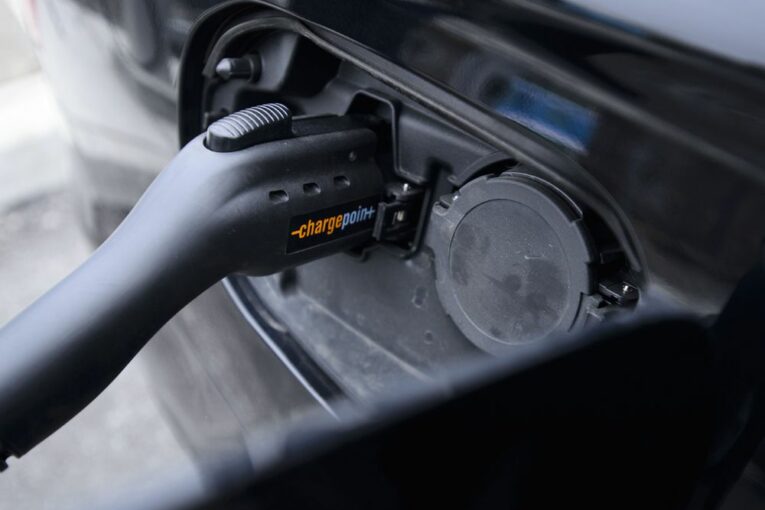
The global pandemic has put supply chains to the test. Throughout most of 2020, a seemingly unpredictable series of national lockdowns exposed points of extreme vulnerability in tightly designed global production and logistics networks.
By mid 2021, while many industries have been able to get their value chains running smoothly again, some are still facing supply and logistics issues. Nowhere is the problem more pronounced than in the automotive industry where the semiconductor shortage has severely disrupted production. Nearly 8 million vehicles will not be built this year due to shortages of semiconductors.
These challenges have occurred against the backdrop of a U.S.-China trade and technology decoupling trend that was already well underway. U.S. imports from China fell by 16 per cent from 2018 to 2019, and are on the decline again in 2021, after a partial rebound in 2020 — largely driven by medical supplies. Meanwhile, U.S. imports from Canada and Mexico have been growing, suggesting that businesses are valuing proximity and seeking to avoid the risk associated with the ongoing U.S.-China dynamic.
As our economies emerge from this crisis and its aftershocks, we have an historic opportunity to build greater resiliency into North American supply chains. And while there are many sectors that would benefit from greater resiliency, the automotive sector represents an excellent place to start. Not only is automotive critical to all three North American economies, but the sector is amid a once-in-a-century technological transition to electrification. This transformation will radically re-work supply chains from the mining of critical minerals to battery cell production and vehicle final assembly.
Fortunately , Canada is the only nation in the Western Hemisphere with deposits of the complete suite of minerals and rare earths that are required to make next-generation electric batteries. The U.S. and Mexico also have a significant presence of critical minerals.
Increasing and diversifying Canadian production of critical minerals has the potential to enhance North American security and increase trilateral trade. Building North American supply chains from mineral exploration to production for these elements also presents an important opportunity for job creation and economic growth, while ensuring responsible mining practices.
As the U.S. considers Buy American policies that could have negative implications for Canada, we need to channel this political energy into a “Buy North American” approach. Federal Minister of Innovation, Science and Industry François-Philippe Champagne’s recent visits to Washington, D.C., and Monterrey, Mexico, did just that where he reinforced existing cooperation under the U.S.-Canada Critical Minerals Action Plan, and the need for engagement of the three countries on supply chain resiliency. The upcoming North American Leaders’ Summit is the perfect opportunity to advance this approach further. Prime Minister Justin Trudeau is expected to meet with President Joe Biden and Mexican President Andres Manuel Lopez Obrador at the White House later this week, to discuss reinforcing continental supply chains.
With a new Parliament returning to Ottawa at the end of the month, now is the time for action. The first step is to make strategic investments to build Canada’s critical mineral mining and refining capacity. Efforts should be redoubled to attract more investment into EV assembly and the associated parts supply chain, including batteries and electric motor production. To complete the supply chain, more needs to be done to boost EV adoption by helping consumers make the switch to an EV with enhanced purchase incentives and a comprehensive national charging network.
The opportunities for Canada are significant but we must act quickly to seize them.
Brian Kingston is president and chief executive officer of the Canadian Vehicle Manufacturers’ Association (CVMA). Michael McAdoo is a Montreal-based Partner at Boston Consulting Group, and co-leads the firm’s world-wide Trade and Investment Practice.
_____________________________________________________________
You can read more of the news on source
